TREATMENTS
Restorations
Restorations are done to restore the shape and function of single or multiple teeth damaged due to dental decay, fractures or abrasions. There are various methods to restore a tooth depending on the depth and extend of damage, area covered, location on the tooth etc.
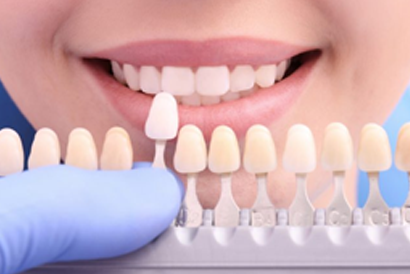
Tooth Coloured Fillings
These are materials like Composites or Glass Ionomer which are self curing or light curing . Once fi
led they look like tooth and have the force bearing capacity like natural teeth.
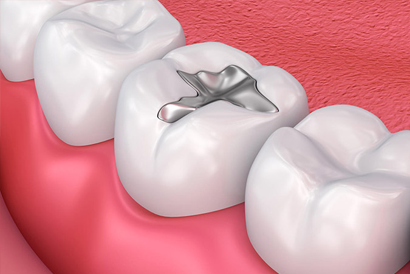
Silver Fillings
This is the traditional filling material dentists has been using for years. Its only drawback is it
ooks in silver colour.
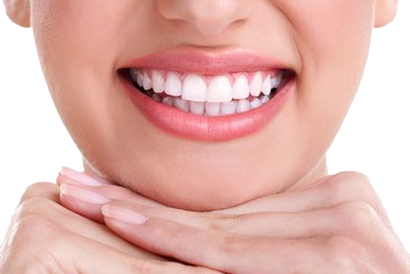
Biomimetic Fillings
These are the most advanced filling materials used in dentistry. They chemically bond to the tooth s
ructure and transform itself as tooth like structure over a period of time. It has excellent wear and fracture resistance compared to other materials.
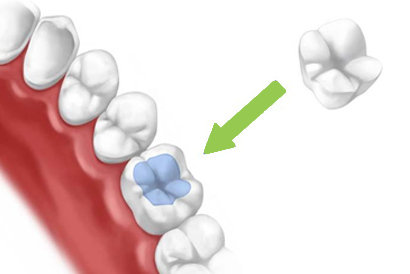
Indirect Restorations
These are high strength composite fillings manufactured outside the mouth. It is made on a mould of
he damaged tooth and cemented to the tooth using advanced luting materials. Advantages are, Patient doesn't have to open mouth for long time, Risk of Moisture contamination is eliminated, As high strength furnace cured composites are used chances of breakage & dislodgement is minimal.
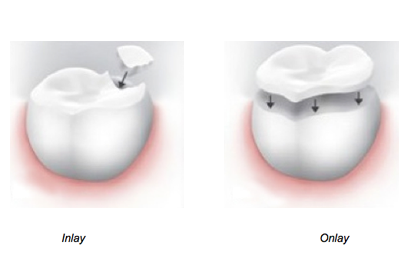
Inlays & Onlays
These are partially covered restorations where regular fillings can't be done. Inlays and onlays are
lab fabricated restorations which can cover more wide and multifaceted cavities or damages.
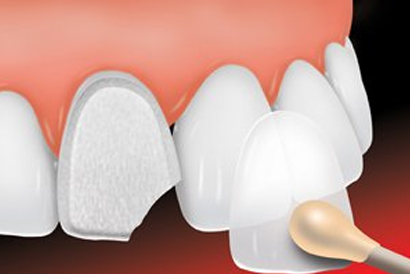
Veneers
Veneer is a thin layer of ceramic which is cemented to the visible areas of the tooth to mask discol
rations, fractures, gaps, fractures, and to redesign teeth and smile.
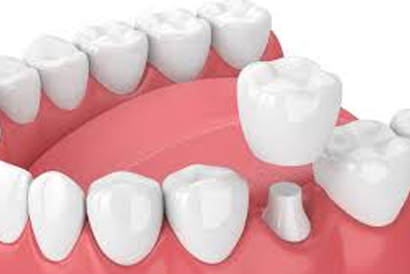
Crowns
Crowns are full covering to the tooth with weak structure and low strength.They are made of Tooth Co
ourd materials like Emax, Zirconia or Ceramic coated metal crowns or metal alloys.
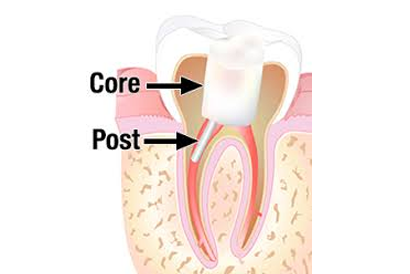
Post Core Crowns
These are used when only root or very minimal crown portion of the tooth is remaining. A fibre or me
al post is inserted into the root and tooth structure is developed on it. Later a crown is fabricated and placed on it.
